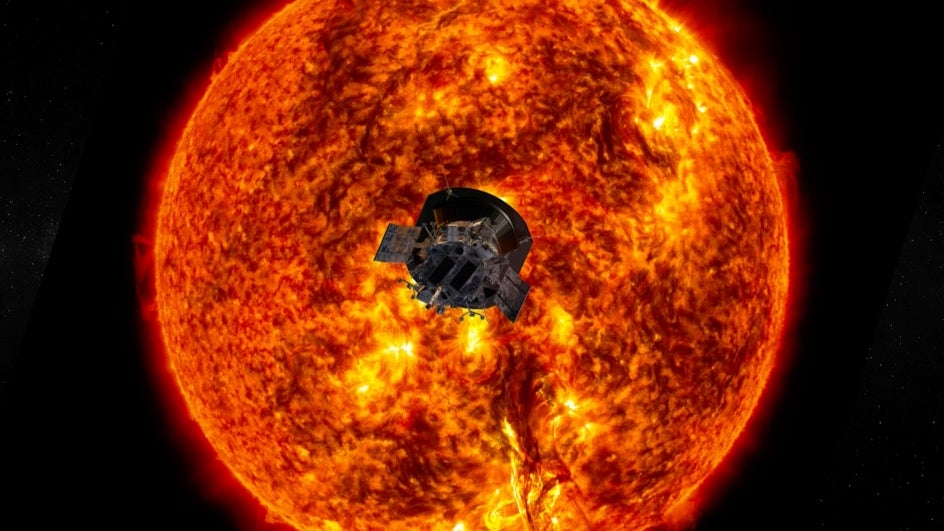New Space Mission Reveals Stunning Sun Observations and Selfies with Earth and Moon

India’s Aditya-L1 New Space Mission. (Photo: Mashable India)
India’s Aditya-L1 New Space Mission Amazes with Earth and Moon Imagery, Prepares to Unlock Sun’s Secrets
According to the Space article, India’s Aditya-L1 new space mission, Solar Mission has made headlines with its stunning imagery of Earth and the moon. Launched on September 2, this groundbreaking mission is the first of its kind for India. Aditya-L1, developed by the Indian Space Research Organisation (ISRO), has not only captured a breathtaking self-portrait in space but has also provided captivating snapshots of our home planet and its lunar companion. On September 7, ISRO shared a video featuring this remarkable footage via the platform X (formerly Twitter).
Currently, Aditya-L1 is in the midst of checkouts within low Earth orbit as it readies itself for its primary mission objective: the comprehensive study of the sun. The new space mission derives its name from the Sanskrit word “Aditya,” which translates to “sun,” reflecting its dedication to unraveling the mysteries of our closest star.
In approximately four months, the spacecraft will reach Earth-sun Lagrange Point 1 (L1), a gravitationally stable location situated around 1 million miles (1.5 million kilometers) from Earth, in the direction of the sun.
READ ALSO: NASA’s Psyche Asteroid Mission: Launching Soon To Explore A Metal World
Aditya-L1’s New Space Mission: Unique Halo Orbit and Solar Mysteries
According to Yahoo News, one of the key advantages of Aditya-L1’s new space mission placement is its halo orbit around the L1 point, ensuring continuous and uninterrupted observations of the sun. This unique position allows for real-time monitoring of solar activities, including phenomena like solar flares and coronal mass ejections, which can both awe us with spectacular auroras on Earth and pose risks to vital infrastructure such as satellites.
Beyond its solar activity studies, Aditya-L1, the new space mission, seeks to investigate the enigmatic “coronal heating problem.” This scientific puzzle revolves around the sun’s outer atmosphere, the corona, which exhibits temperatures soaring to approximately 2 million degrees Fahrenheit (1.1 million degrees Celsius).
This extreme heat stands in stark contrast to the comparatively cooler temperatures of other solar layers, presenting scientists with a compelling mystery to solve. By delving into these celestial enigmas, Aditya-L1 promises to advance our understanding of the sun and its impact on space weather, thereby contributing to the progress of space science and technology.
READ ALSO: Intercontinental Ballistic Missile (ICBM) Launch Demonstrates U.S. Nuclear Readiness









